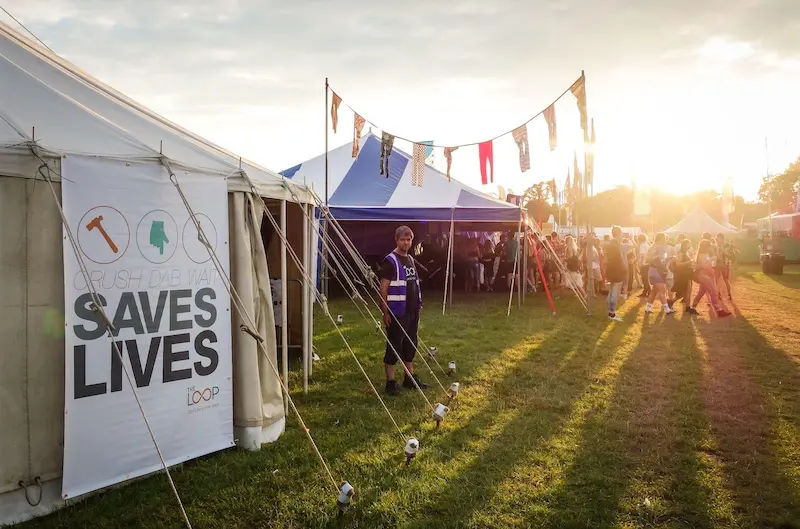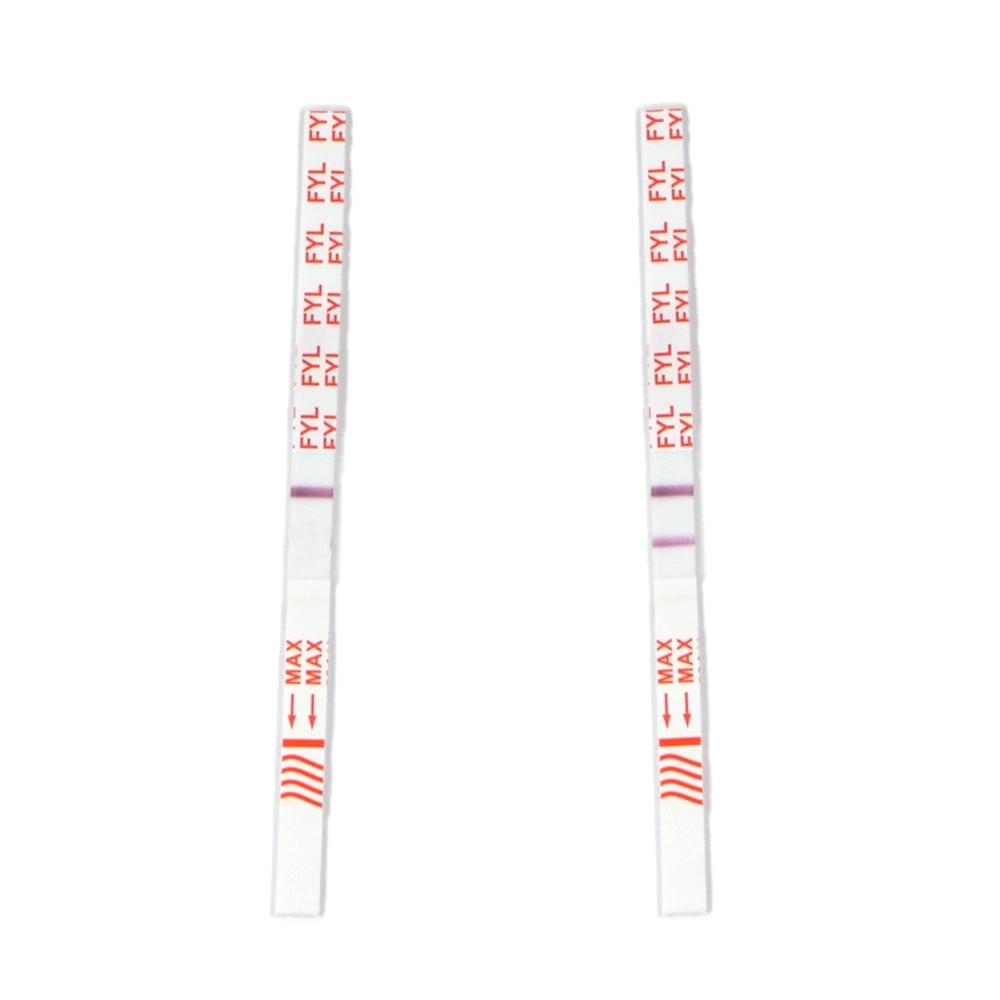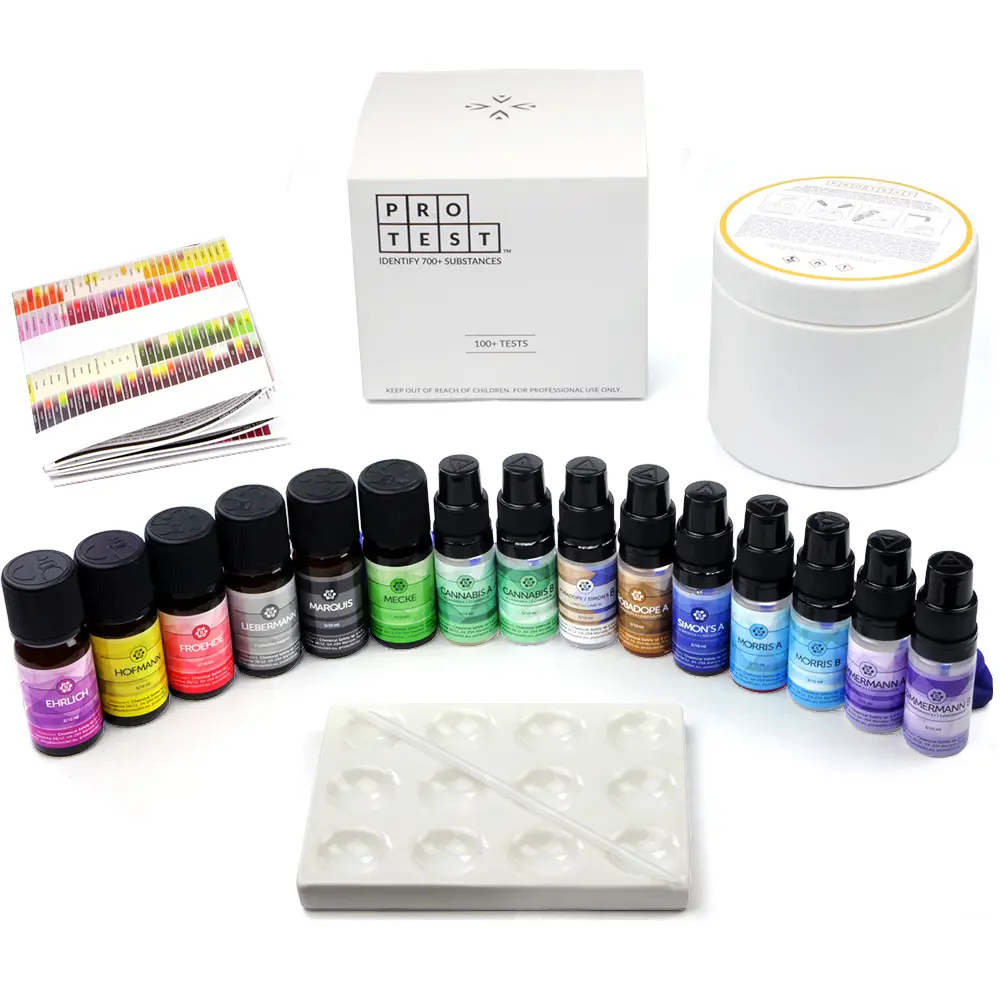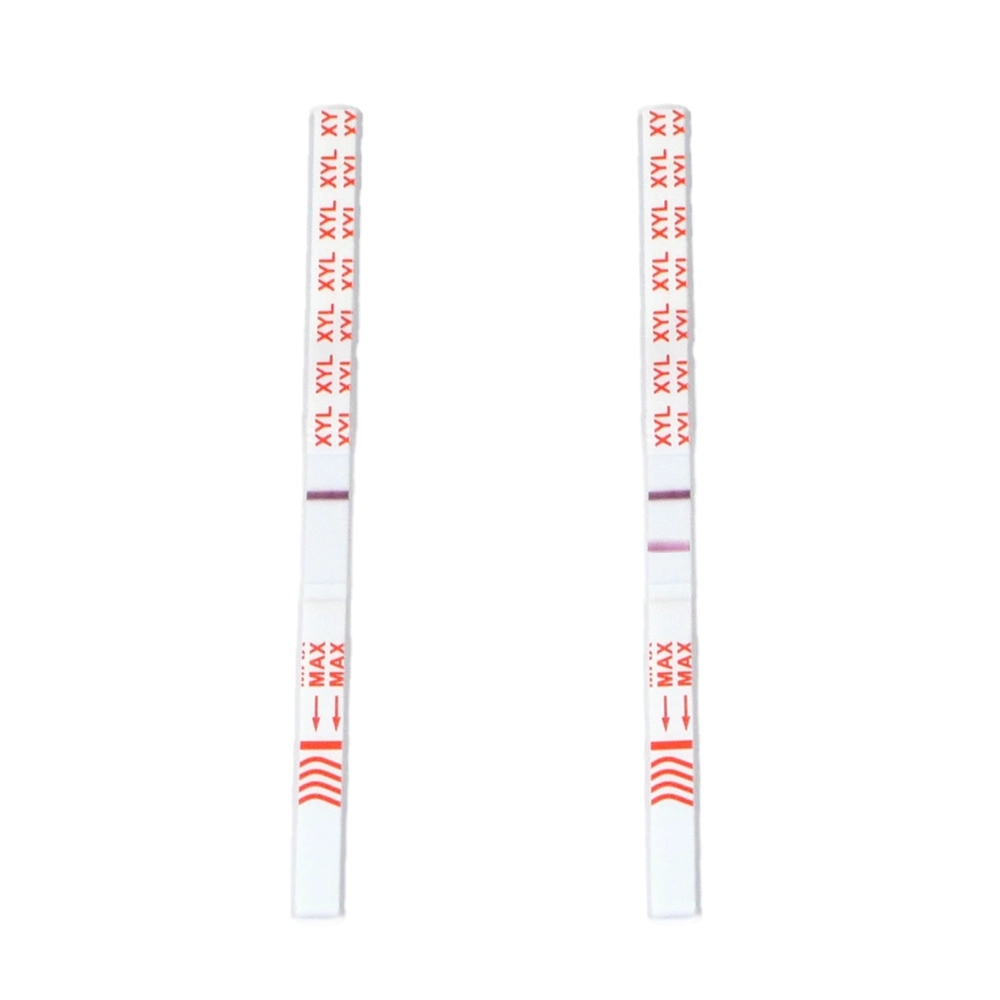Does drug checking reduce harm?
Did you know that drug checking is an effective Harm Reduction tool? Testing not only helps avoid unwanted substances but also raises awareness of safer usage principles. Tests are an affordable method of saving health, money, and time.
In various countries such as Austria, the Netherlands, Spain, Germany, and Switzerland, there are publicly funded programs for anonymous substance purity checking (check the map here). These aim to improve citizen safety by enabling drug checking directly before use and increasing control over dangerous substances.
What the European Union says about substance checking:
- It can attract recreational users to harm reduction, who are otherwise unreachable
- It can identify substances that contain unwanted substances, allowing for quick response
- It can help avoid overdoses or deaths by providing information about concentration and contaminants
According to EMCDDA (European Monitoring Centre for Drugs and Drug Addiction), more research is needed to unequivocally assess the effectiveness of testing, which certainly cannot harm, yet there is already a lot of evidence supporting substance checking services. Below, we dispel the most common myths about drug testing.

Myths About Drug Testing
There is no evidence that testing helps
Experiences from over 20 countries prove that testing psychoactive substances reduces risk by preventing hospitalizations and removing the most dangerous substances from the market. Data shows that when users know about contamination, for example in their pills, they are less likely to take them, and when doses are high, they decide to take less (e.g., F. Misham et al 2019, Martins et al 2022). At the Boom Festival in Portugal, only 3% of users planning to take LSD, which turned out to be DOx or NBOMe, took the unexpected substance.
More police is the solution
Enforcement and punishment alone have not resulted in reducing the use of psychoactive substances. Despite the already decades long War on Drugs, for example in the UK, as many as 20.9% of partygoers admit to using illegal substances (UKFA, 2017). Since drugs are common even in the prison system, it is a fantasy to assume they can be eliminated from music events. Sniffer dogs are ineffective – up to three-quarters of searches based on dog indications result in nothing but invasive breaches of privacy.
However, combining law enforcement efforts with harm reduction strategies such as substance testing leads to better results, providing a comprehensive approach to managing drug-related issues. Substance testing is an additional safeguard and does not conflict with police actions.
No one will wait or pay for testing and advice
Contrary to this belief, many partygoers are willing to wait and even pay for the opportunity to test their substances. Over 94% of festival-goers want to use the testing service, and over 80% even if they have to wait an hour (Barrat et al, 2017). Many also say they are willing to pay for testing, although it is best to avoid this barrier. In another study conducted at a festival in Australia, as many as 85% of respondents also said that tests should be combined with harm reduction advice (Day et al, 2018). This proves a strong interest in taking care of their own safety. Young people value their health as well as the time and money invested in having a good time – no one wants an unnecessary hospital stay.
People will take drugs regardless of the test results
Research shows that substance testing can influence users’ decisions. For example, in Portugal at the Boom music festival, most people who expected LSD but unknowingly purchased NBOMe or DOx decided not to take their substance (Martins et al, 2017). Many people decide not to take substances that turned out to be more risky than expected. Such behavior highlights the effectiveness of testing.
It is worth noting that in the scientific publication where different results were found (Winstock, Griffiths & Stewart, 2000), a remote survey was used rather than a study at a site of an integrated substance testing service. An integrated service is one that operates within a broad range of harm reduction activities: access to water, educators, rest areas, help zones for people under the influence, etc.
Testing does not check dosage, so it is pointless
There are various methods of substance testing, and as noted by the EMCDDA report, the most effective approach is to combine different laboratory methods. It is also quite possible to estimate the dosage of tested substances, but this is not the only important information. Composition, as well as broader market trends and well-chosen advice, are equally important parts of the harm reduction message.

Later they will want to sell drugs at the event
False. No one involved in substance testing has ever demanded easier access to drugs. It is also worth emphasizing that no one is demanding only testing. The focus is on an integrated service, which is part of a broader harm reduction strategy in conjunction with security and police. This approach aims to reduce overdoses and focus on drug dealers to more effectively control the situation and ensure the safety of the event.
Organizers will be held responsible if something goes wrong
In many places, the law protects organizers from liability if they offer a substance testing service. Users are informed that testing does not guarantee safety, thus the responsibility remains with the users. The first principle of harm reduction is that the safest way to reduce the risk of psychoactive substances is not to use them at all. The results of laboratory tests are not a guarantee of safety and should not be treated as such.
Drug testing sends the wrong message
Testing does not promote drug use but rather acknowledges that, regardless of our moral judgment and strict prohibitions, drug use occurs, and it is worth taking actions to reduce the risk. Testing engages individuals who would never seek contact with educators or risk reduction advice in any other context. This pragmatic approach aims to save lives, not promote drug use.
Testing is too expensive
The cost of implementing substance testing is disproportionately lower than the benefits such as reduced healthcare costs, emergency responder assistance, and improved public safety. Proper funding can make substance testing a cost-effective part of public health efforts. Prevention is always the cheapest approach to health protection.
Summary
Even methods usable by laypeople, such as the TLC and colorimetric reagents we offer, allow for very affordable drug purity testing. Their results are reliable if used according to PRO Test recommendations. However, let’s not forget that no substance, even the purest, is 100% safe. The test result, whether positive or negative, is not a guarantee of safety. The best way to avoid risk is not to use psychoactive substances at all.
Based on: https://cosmosmagazine.com/health/nine-pill-testing-myths/
Start testing your substances today:
No test kit results can guarantee if a substance is safe. No substance is 100% safe.


